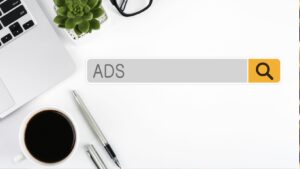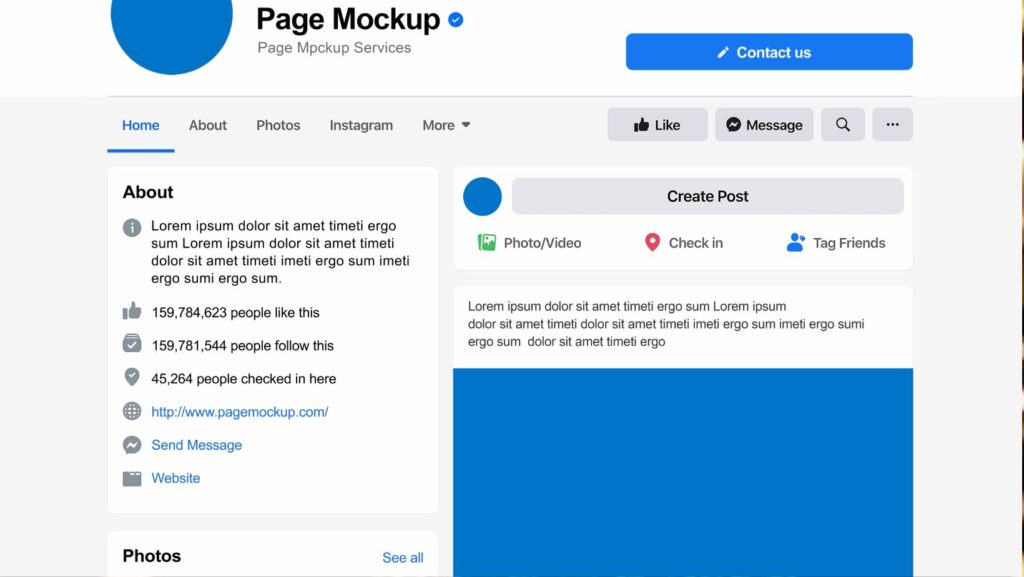Optimize Facebook Ads
In the sphere of digital marketing, Facebook Ads hold a significant position. They’re a powerful tool, instrumental in facilitating businesses to reach potential customers in a targeted manner.
Facebook Ads are targeted towards the users based on their location, demographic, and profile information. After creating an ad, the creator sets a budget and bids for each click or thousand impressions that their ad will receive. Facebook’s users then see the ads in their News Feed, on Instagram, or in the right-hand sidebar on Facebook.  Thus, enhancing the visibility of the products or services, making it drool-worthy for the audience to go beyond just viewing. Some examples include the car ads for car enthusiasts, book recommendations for avid readers, and restaurant ads for food lovers.
Thus, enhancing the visibility of the products or services, making it drool-worthy for the audience to go beyond just viewing. Some examples include the car ads for car enthusiasts, book recommendations for avid readers, and restaurant ads for food lovers.
When it comes to scaling up a business, Facebook Ads are a game-changer. First, they allow businesses to increase their reach by targeting a specific customer base based on their online behavior, preferences, and demographics. It’s like a wormhole between businesses and potential customers. Consider a fashion brand launching its summer collection. Using Facebook Ads, they can target users interested in fashion, summer wear, and shopping. Second, Facebook Ads provide a toolbox full of analytics, giving businesses the ability to track the effectiveness of their ads. Businesses can monitor key metrics such as click-through rates, impressions, and conversions – a privilege that isn’t possible with traditional advertising mediums. Lastly, Facebook Ads offer a significant return on investment when implemented strategically, making them an integral part of business advertising strategies.
Key Elements of Successful Facebook Ads
To maximize the benefits of Facebook advertising, there are essential elements one must consider. These elements shape the effectiveness of the ad, influencing user interaction and conversion rates.
Visual elements play a pivotal role in Facebook advertising. Powerful visuals grab users’ attention, hold it longer, and invoke emotional reactions. For example, images with vibrant colors, thoughtful compositions, and clear, relevant subjects receive more views, likes, and shares than those without. Notably, studies indicate that users recall visual information 65% better than text, making good visuals critical in memory retention.
A compelling ad copy complements an ad’s visual element. It delivers the message in a clear, engaging, and persuasive way. An effective ad copy ignites curiosity, solves a problem, or provides a potent call-to-action. For instance, ad copies that directly address the target audience’s pain points or needs drive higher engagement and click-through rates. In a research by Copyblogger, headlines that contain a specific benefit saw 36% more clicks compared to those without.
Proper ad placement and timing optimize visibility and interactions. Facebook provides a variety of viewing spots such as news feeds, stories, or in-stream videos. For example, ads in news feeds strike a balance of visibility and non-intrusiveness, making them highly effective for user engagement. Additionally, choosing the right timing for ad post boosts interaction.
Steps to Optimize Facebook Ads
Here, attention shifts from laying the groundwork with well-targeted Ads to actual steps for optimizing your ongoing Facebook Ad campaigns. The focus inherently lies on two pivotal points: correctly identifying your prime audience and relying heavily on split testing for optimization.
Identifying the right audience contributes significantly towards successfully optimizing Facebook Ads. The process involves comprehensive explorations into aspects like user demographics, interests, online behaviors, and more. For instance, online fashion retailers might find their ideal target audience among women in the age bracket of 18-35, who show interest in fashion blogs, purchase online frequently, and use popular fashion hashtags.
Split testing takes precedence as a non-negotiable step for optimization. It’s a method that compares different versions of an ad to spot the most effective one. Four main components typically subject to split testing include the ad’s headline, its body text, the featured image or video, and the call-to-action (CTA).
Consider an eCommerce store exploring ad effectiveness for their new line of athleisure. They could create two versions of the ad – one with a professional model sporting their garments, another featuring real-life customers using the products (user-generated content). Through split testing, the store can discern which version resonates more with their audience – a move vital to comprehensive optimization.

